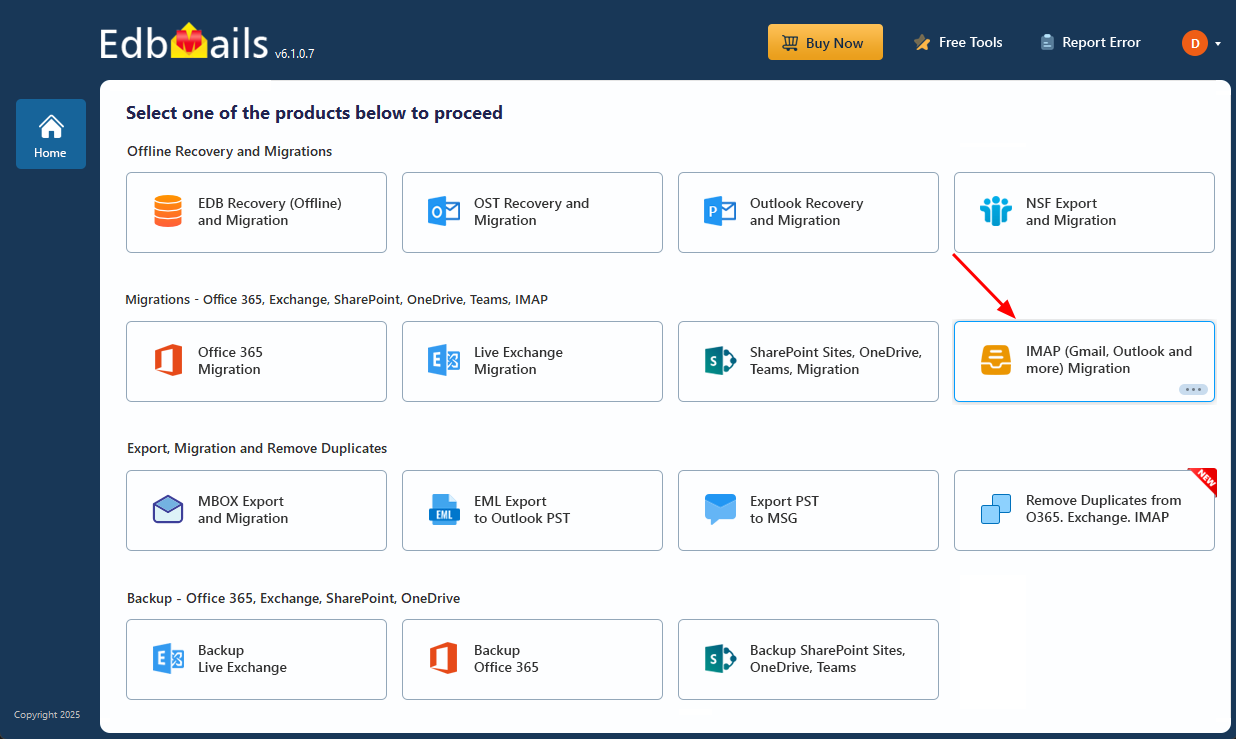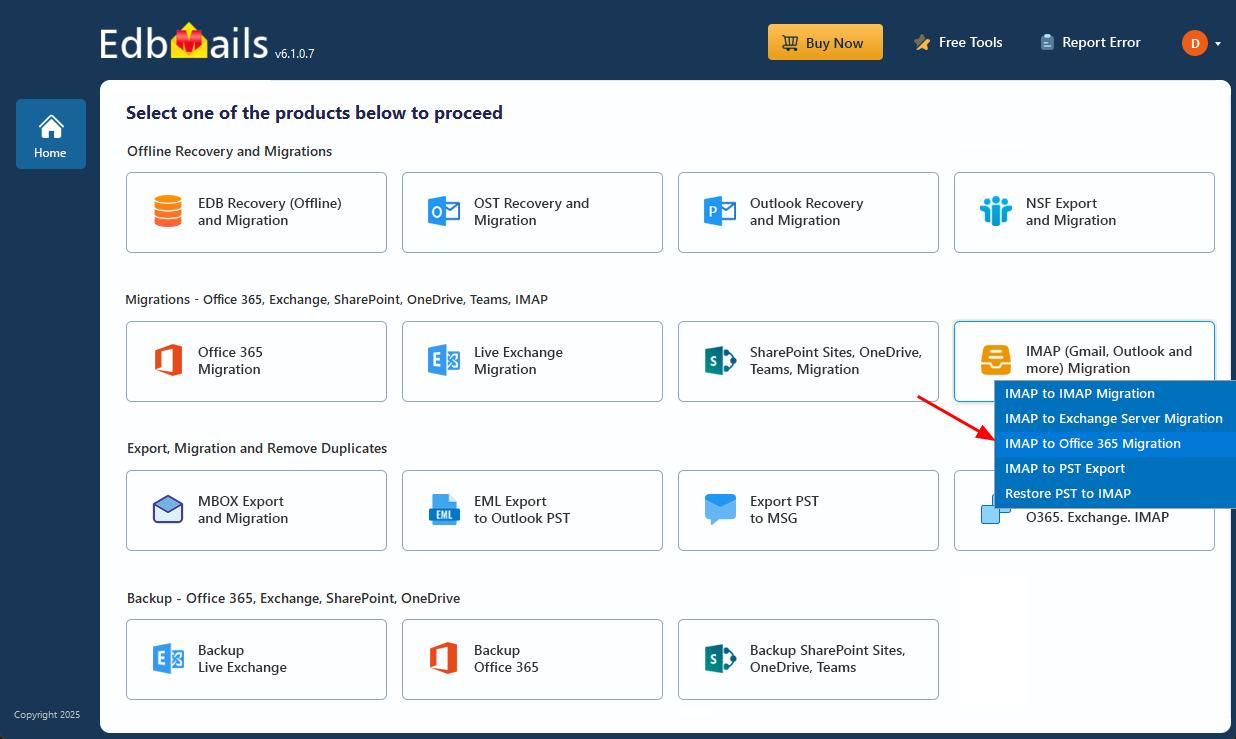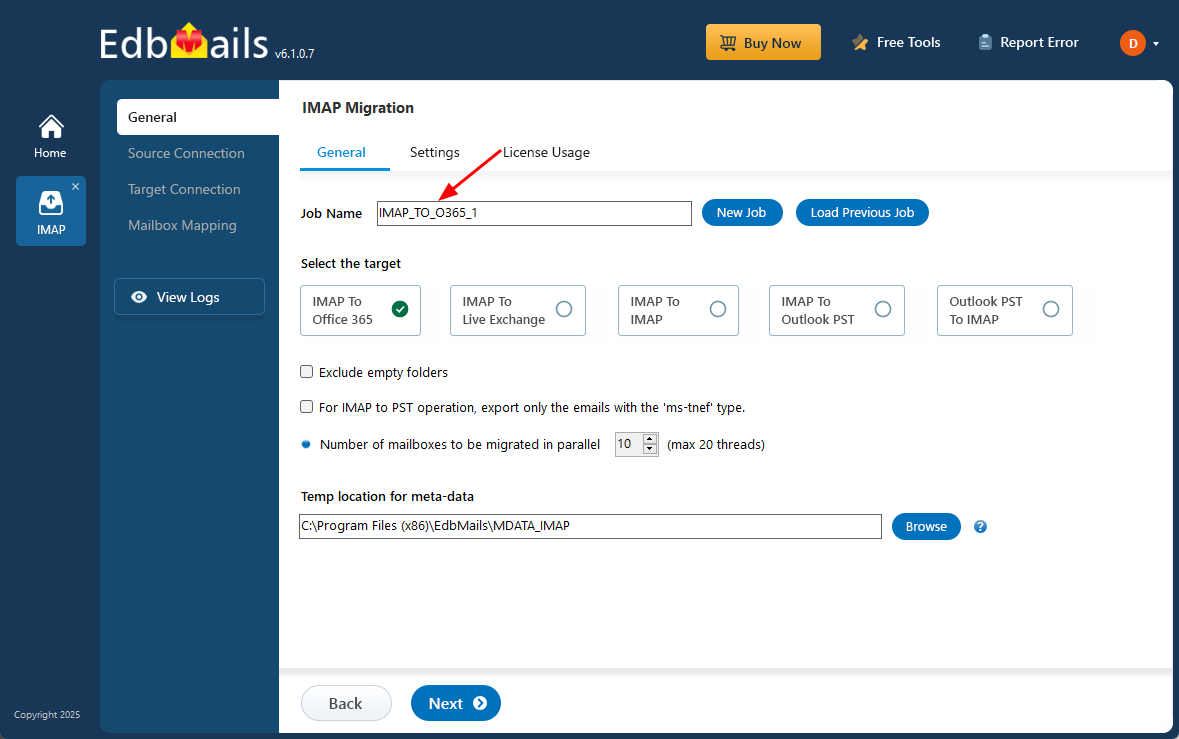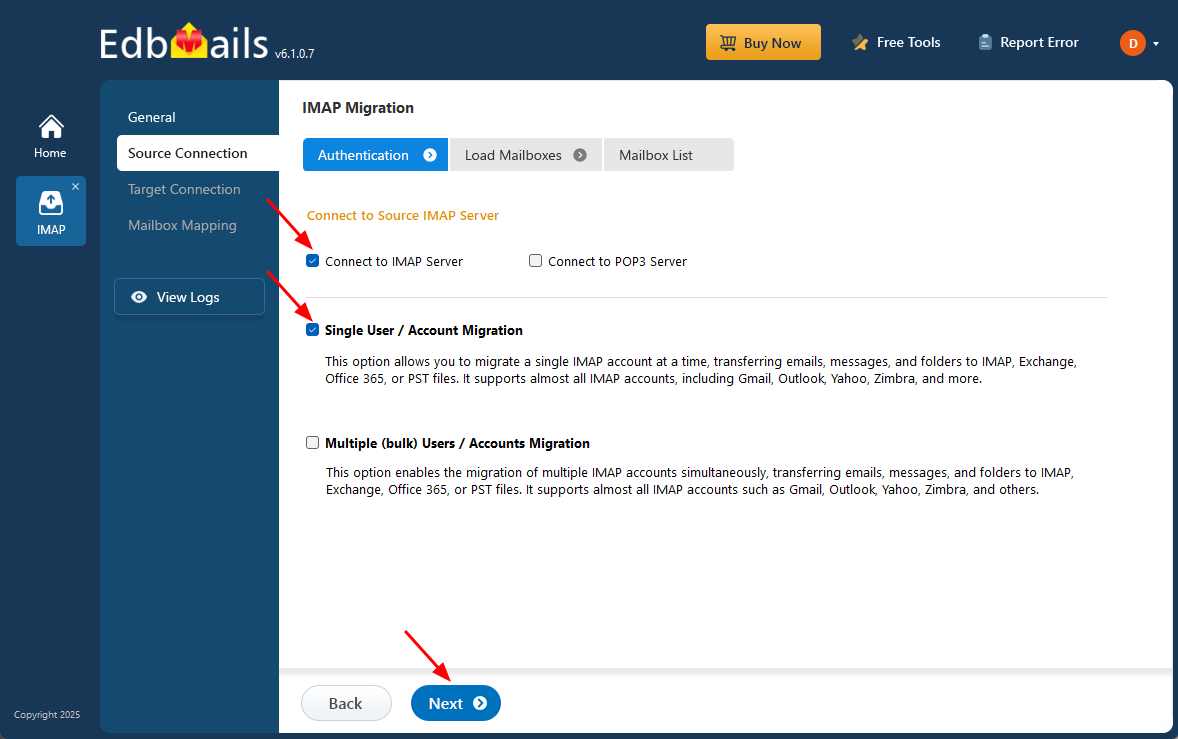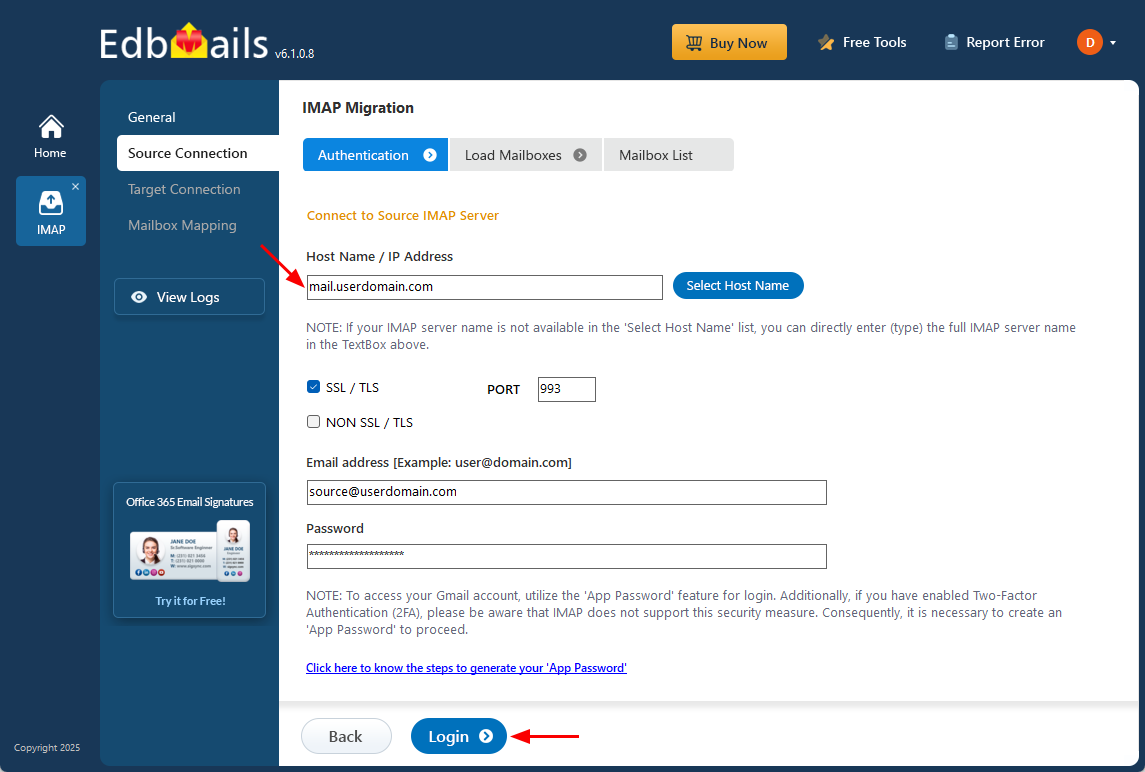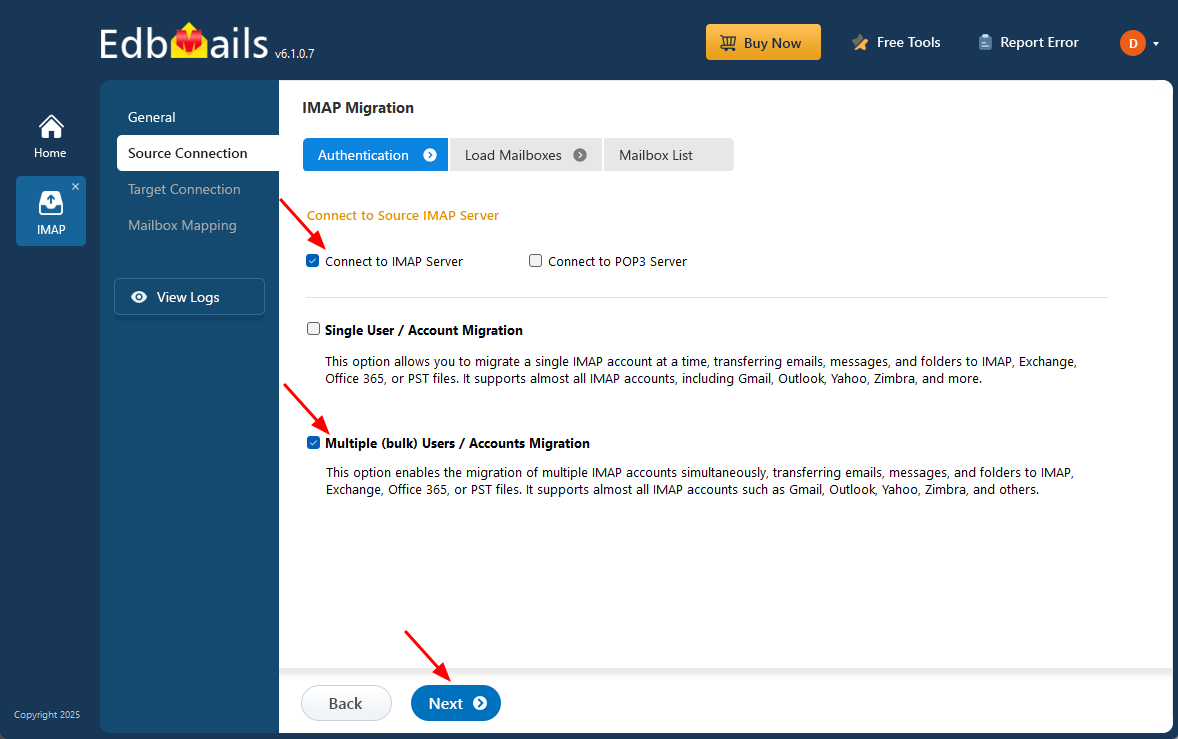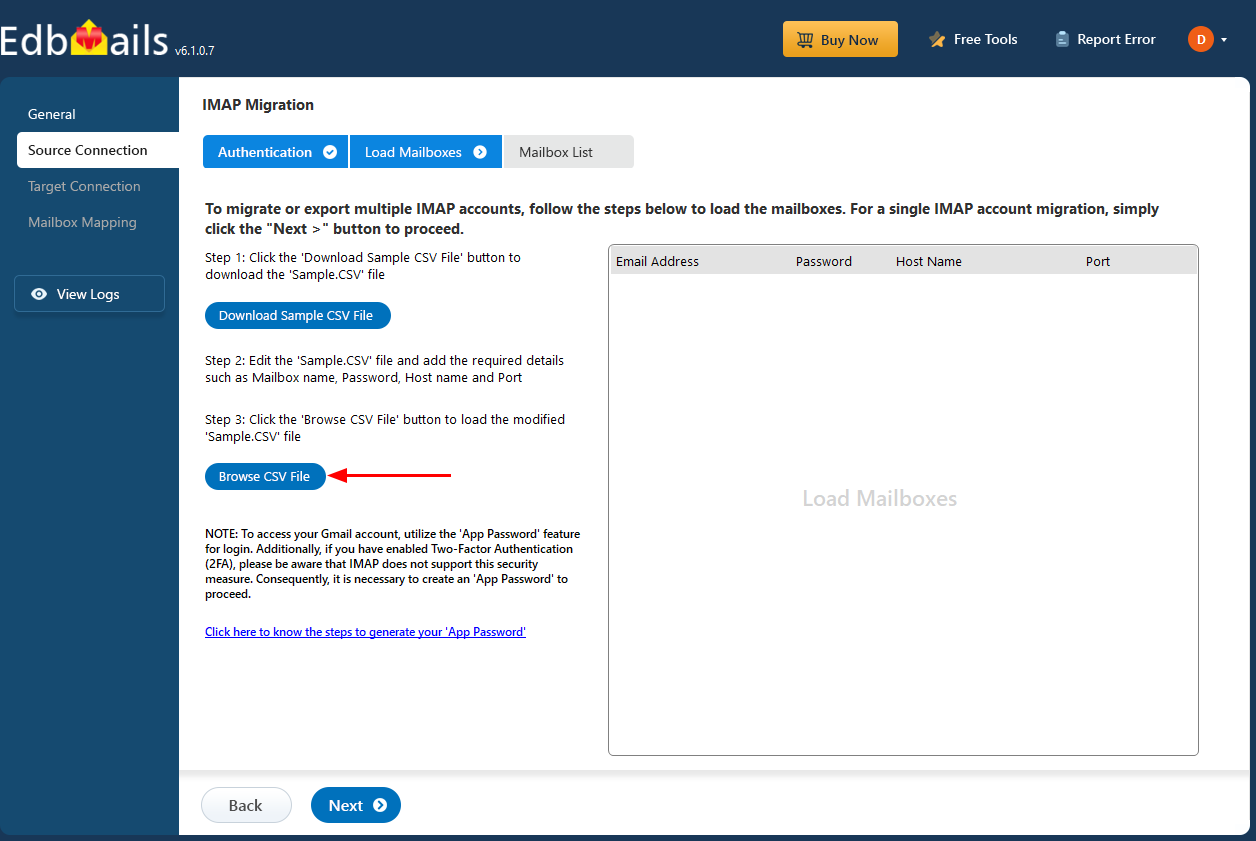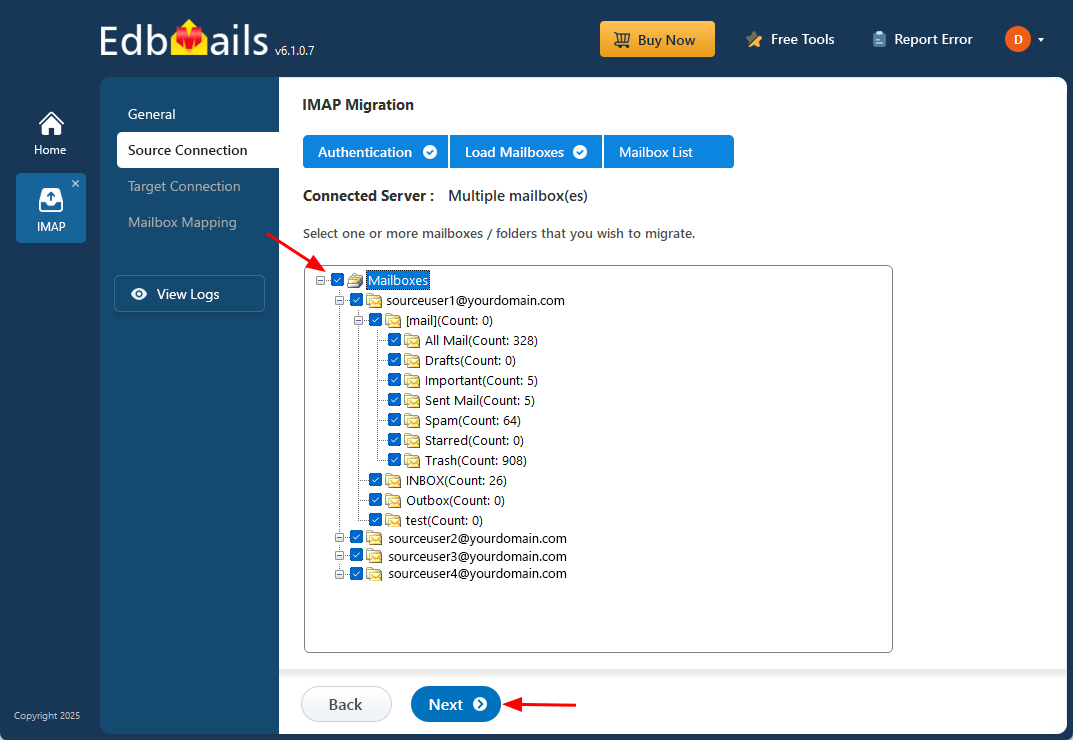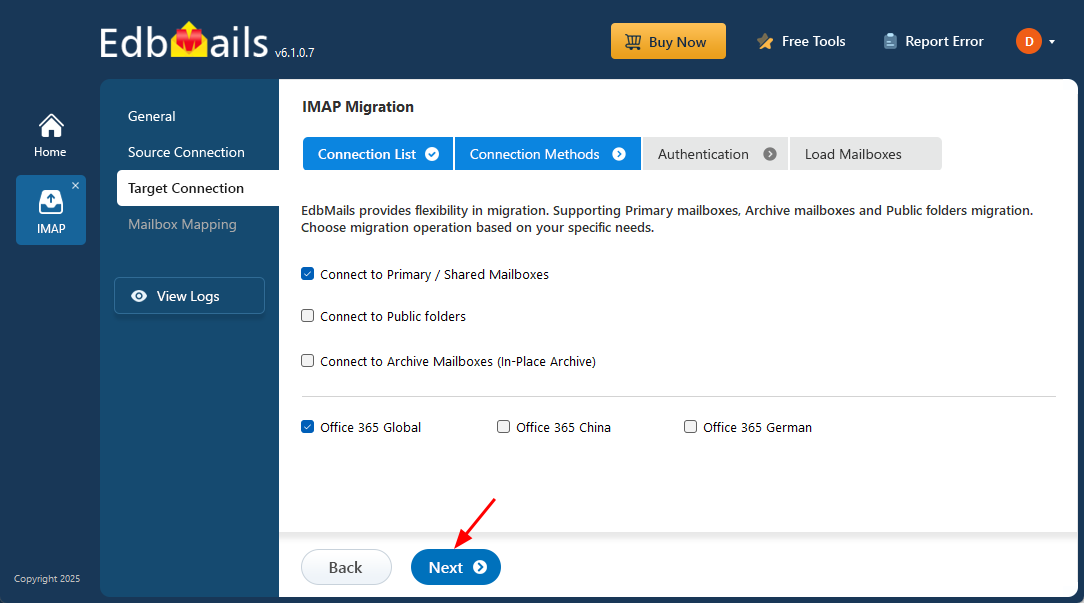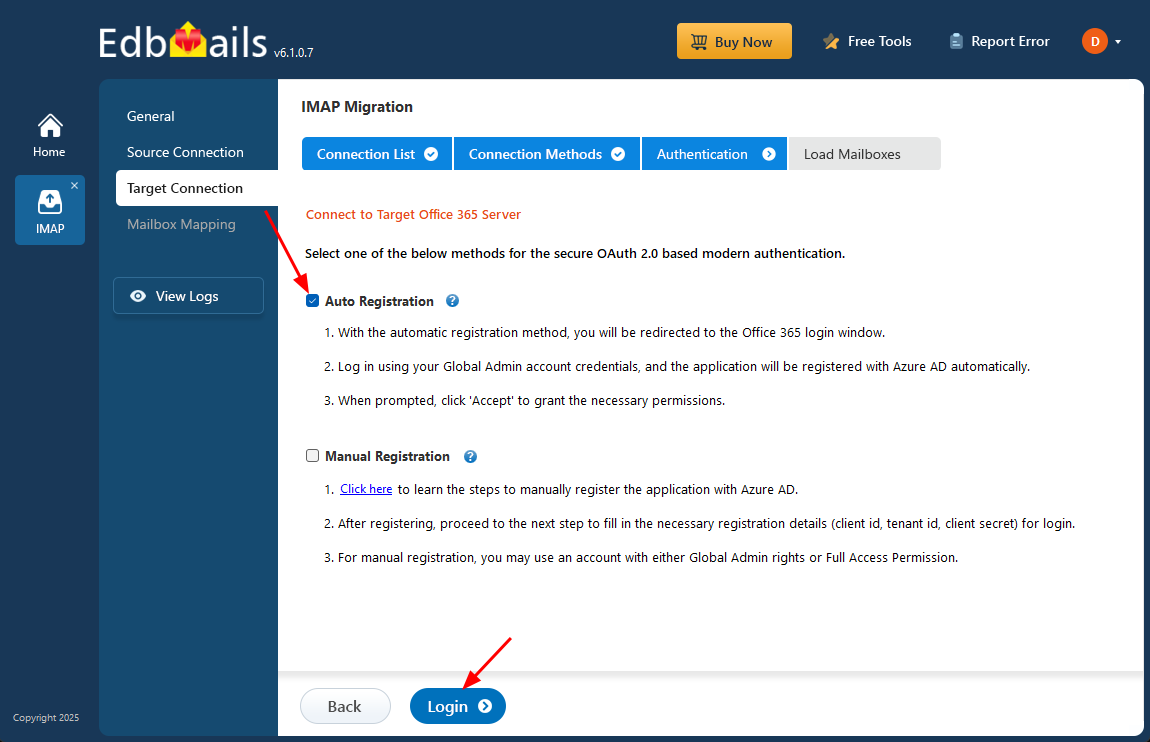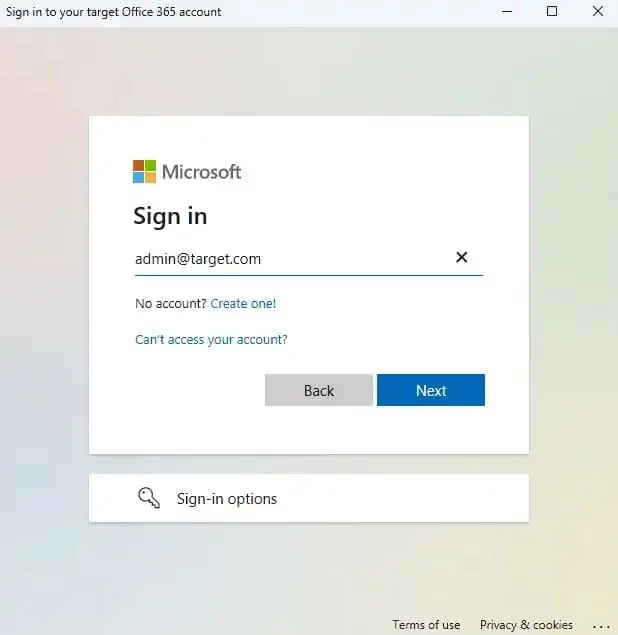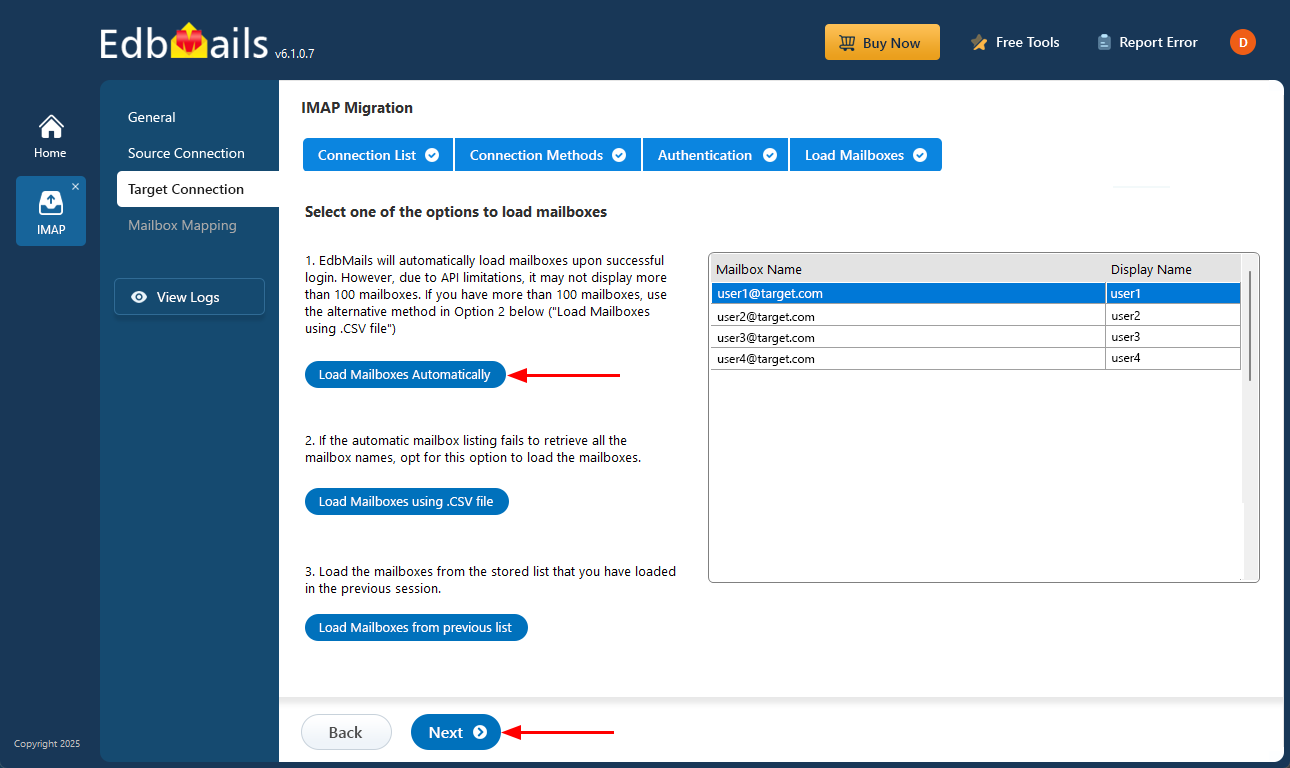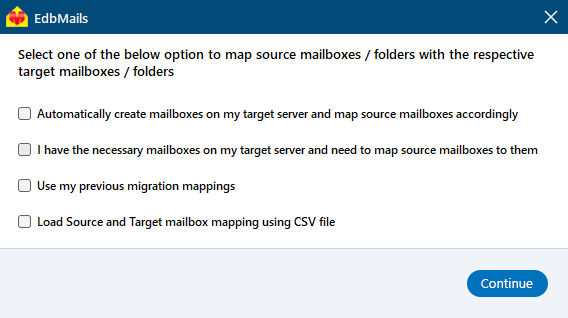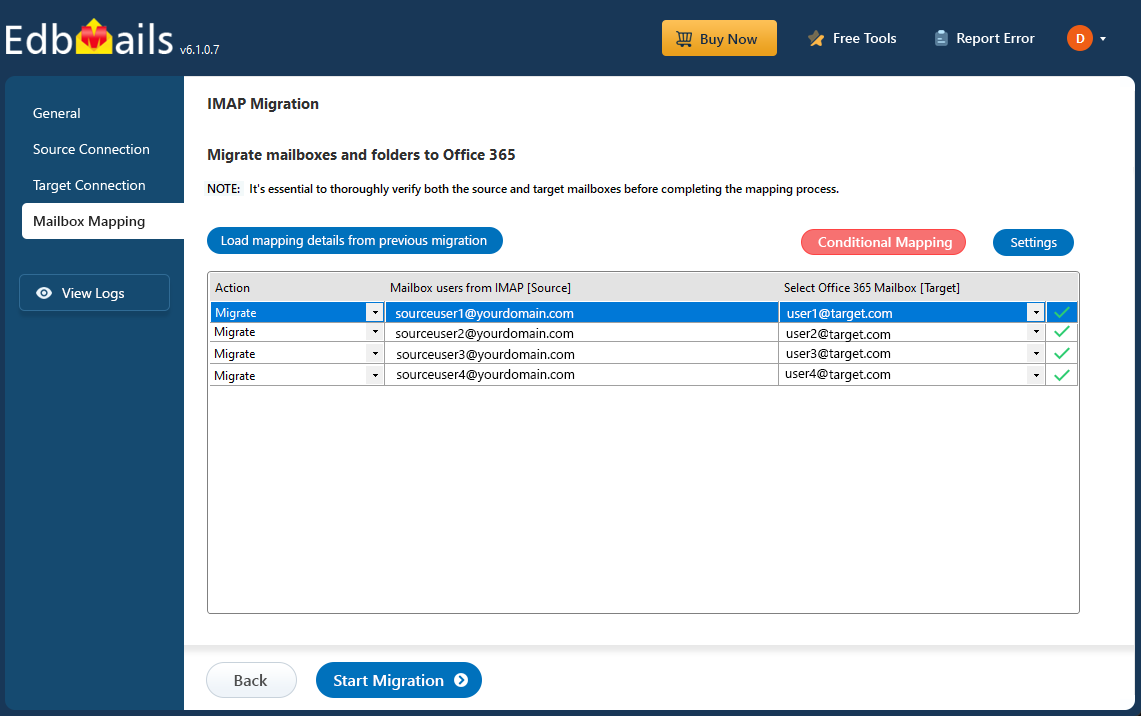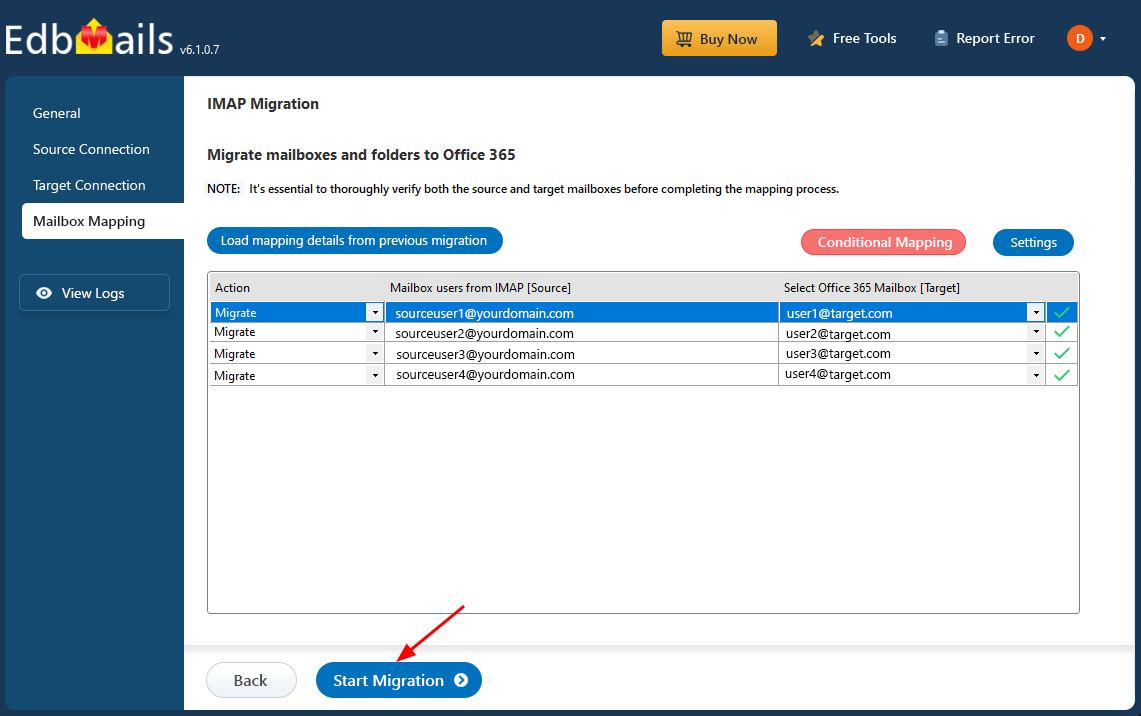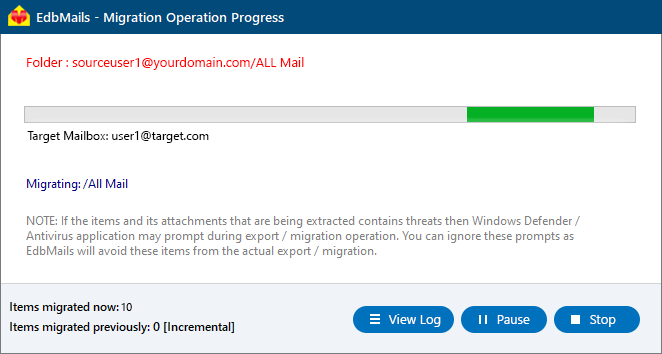BigPond email to Office 365 migration
BigPond, a well-known Australian internet service provider, has been a reliable platform for email communication over the years. However, it lacks many advanced features and integrations in modern cloud-based solutions like Microsoft Office 365. For users seeking enhanced security, better functionality, and seamless integration with productivity tools, migrating from BigPond to Office 365 is an increasingly preferred choice. Office 365 offers powerful email management capabilities, including built-in spam protection, advanced threat detection, and real-time collaboration across Microsoft applications such as Word, Excel, Outlook, and Teams. With cloud-based storage and multi-device access, Office 365 ensures greater flexibility and efficiency for both individuals and businesses.
Although email migration from BigPond to Office 365 may appear complex—especially when handling large volumes of data—it can be simplified using the right migration software. Manual methods are often tedious and error-prone, whereas automated solutions like EdbMails IMAP Migration tool offer a fast, reliable, and secure transition
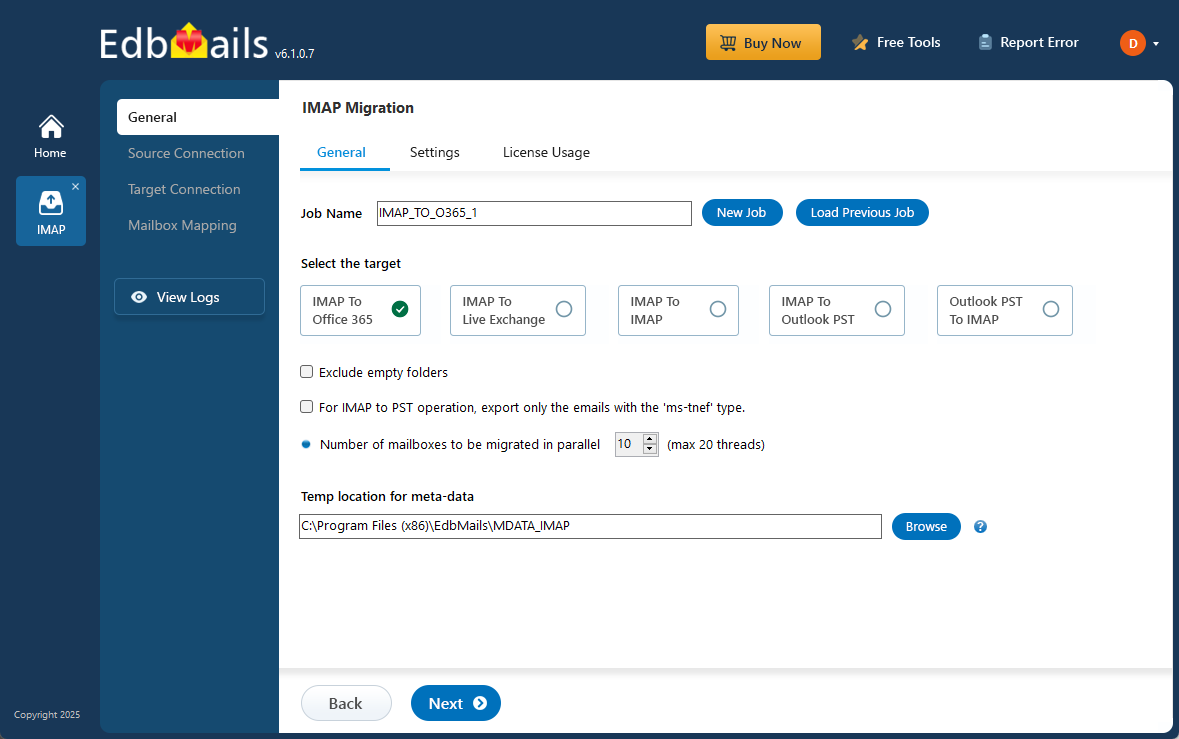
EdbMails IMAP migration software makes the migration from BigPond to Office 365 seamless with its user-friendly features and comprehensive support. The software eliminates the need for PowerShell scripting, which can often be a complicated and time-consuming task. It also supports incremental migration, ensuring that only the data that has changed since the last migration is transferred, making the process more efficient and preventing the risk of data duplication.
With step-by-step wizard instructions, users are guided through the entire process, ensuring a smooth and hassle-free experience, even for those with limited technical knowledge. Additionally, EdbMails supports batch migration, allowing users to migrate multiple mailboxes at once, saving time and effort. For any issues that may arise during the migration, EdbMails offers free 24/7 technical support, providing expert assistance whenever needed. This combination of intuitive features and comprehensive support makes EdbMails an ideal solution for anyone looking to migrate from BigPond to Office 365 efficiently and securely.
User Query
We are looking to migrate from BigPond email to Office 365 and have encountered several challenges along the way. We want to move all our emails, contacts, and calendar items to Office 365 without using complex manual processes or losing any data. Could you please provide a step-by-step guide on how we can efficiently migrate from BigPond to Office 365 without disrupting our workflow or requiring PowerShell?
BigPond email to Office 365 migration plan
Planning is one of the most important steps before you begin the BigPond email to Office 365 migration. Here is a checklist of points to consider before you migrate.
- Determine the size of the data and the number of mailboxes you want to migrate.
- Make a list of all the data and permissions from BigPond email that you want to transfer.
- Create appropriate user mailboxes on Office 365 and assign licenses to them.
- Ensure you have enough network capacity and bandwidth to migrate.
- Communicate the migration plan and flow to your end users.
BigPond email to Office 365: Pre-migration activities
- Find the IMAP server name of your BigPond email server. You can find this information from your server’s dashboard settings or by connecting your email system to Outlook.
- Have the users email address, passwords, IMAP hostname and port number.
- Create mailboxes on your target Office 365 server. You can choose the option to automatically create target mailboxes in EdbMails. If you prefer to create them manually, refer to the links below.
- If you have a custom email domain from your hosting provider to which you want to migrate and receive emails, you must add and verify the domain on Office 365.
Steps to add a custom domain to Office 365 and Steps to add DNS records to connect your domain. - Configure Office 365 to send and receive large messages.
Follow the steps to increase the message size on Office 365 to 150MB and see tips to optimize IMAP migration to Exchange online.
Steps to migrate emails from BigPond to Office 365 using EdbMails
Step 1: Download and install EdbMails IMAP migration software
- Download and install EdbMails on your computer.
- Open the application and either log in with your email and password if you already have an account, or click the ‘Start Your Free Trial’ button to begin using the app for free without signing up right away.
- Choose the ‘IMAP (Gmail, Outlook and more) Migration’ option to begin the transfer process.
- Select ‘IMAP to Office 365 Migration’.
- You can either go with the default job name or click on 'New Job' if you'd like to customize it.
Step 2: Connect to the source BigPond email server
- To migrate a single BigPond email account, choose the ‘Single User / Account Migration’ option and click ‘Next’ to proceed.
- Select the correct IMAP host name for BigPond (usually imap.telstra.com) from the list, or enter it manually if unavailable. Then, provide your BigPond email address and the associated password to authenticate the connection
- After entering the required credentials, click the ‘Login’ button to allow EdbMails to establish a secure connection with your BigPond mailbox and fetch the data for migration.
- To migrate multiple BigPond mailboxes, choose the ‘Multiple (Bulk) Users/Accounts Migration’ option and click ‘Next’.
- Click ‘IMAP Migration CSV File’.
- Open the CSV file and input the required details, such as email address, password, server name, and port number. Once you've entered all the information, save the file.
- After updating the CSV file, save it and close it.
- Then, click on the ‘Load Modified CSV File’ button in the migration tool, navigate to the updated file on your system, select it, and click ‘Open’ to continue. This step enables the tool to read the mailbox mapping details required for the migration process.
Step 3: Select the mailboxes or folders to migrate
- Select the mailboxes or specific email folders you want to migrate from your BigPond account. You can choose all mail items or filter by folders such as Inbox, Sent Items, or Custom Folders based on your requirements. Once selected, click ‘Next’ to proceed with the migration process
Step 4: Connect to target Office 365 server
- Click the ‘Add New Connection’ button to set up a new connection to your target Office 365 account. If you want to use an existing connection, simply select it from the list and click ‘Connect to Existing’
- Choose the necessary connection options and click ‘Next’ to continue.
- Choose your preferred secure authentication method for the target Office 365 and click the ‘Login’ button.
- Authenticate on the Microsoft sign-in page.
- After logging into your target Office 365 server, select how you’d like to load the mailboxes. EdbMails will automatically display the available mailboxes, but because of Microsoft API limitations, it may only show up to 100. If you have more than 100 mailboxes, choose the ‘Load Mailboxes using .CSV file’ option.
Step 5: BigPond email to Office 365 mailboxes mapping
- Select a preferred option to map the source mailboxes and folders with their corresponding mailboxes and folders on the target Office 365 account.
- EdbMails lets you automatically create the required mailboxes in your target Office 365 account.
- It also automatically maps your source Hostmonster mailboxes and folders to the matching ones in Office 365, making large migrations easier to manage.
Step 6: Start BigPond to Office 365 migration
- Verify the mailbox mapping, then click the ‘Start Migration’ button to begin the migration process.
- Click the ‘View Logs’ button to access the full migration report. The report provides detailed information, including the mailbox mapping, an overall summary of the migration, and the item count for each mailbox and folder that was migrated.
BigPond email to Office 365 post-migration tasks
- Step 1: Update the MX records to point to Office 365
Ensure the MX records are updated to direct your email traffic to the Office 365 server, enabling smooth email flow. Alongside, make sure to configure the Autodiscover record so Outlook can automatically detect and connect to the newly migrated mailboxes, providing users with seamless email access.
- Step 2: Create a new Outlook profile for users in the new domain
In case users face issues connecting to Office 365 mailboxes, configure a new Outlook profile for each user within the new domain to restore proper functionality.
- Step 1: Update the MX records to point to Office 365
BigPond email to Office 365 migration troubleshooting
For troubleshooting, check out our knowledge base articles. If you have additional questions, browse the FAQs or engage with our customer care team for personalized assistance.
Advantages of EdbMails for BigPond email to Office 365 migration
- EdbMails retains all email properties such as folder hierarchy, attachments, and metadata during the migration, ensuring data integrity.
- No Outlook installation is required, simplifying the migration process and reducing setup time.
- Bulk migration support allows you to transfer multiple BigPond mailboxes at once, making large-scale migrations efficient.
- Direct migration from BigPond to Office 365 eliminates intermediate steps, ensuring a smooth and hassle-free transition.
- EdbMails is fully compatible with all Windows server and client operating systems.



